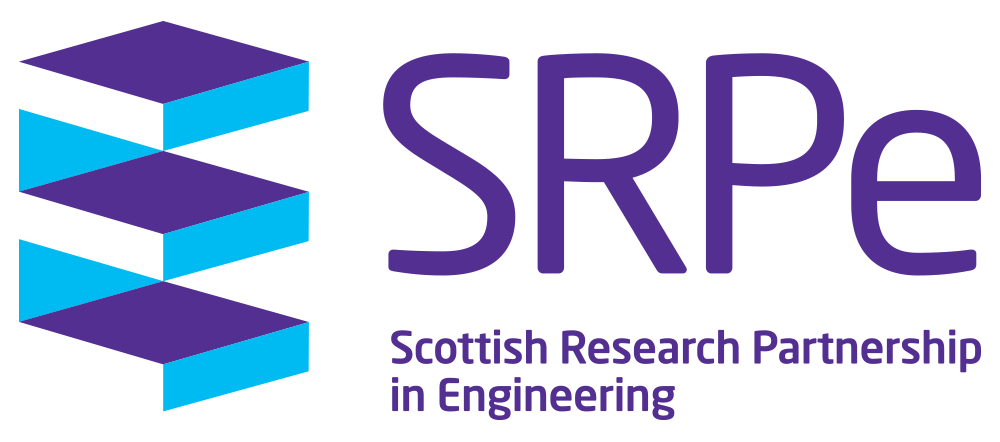Risk Assessment of Ageing Embankment Dams: Benchmarking study of two laboratories to assist with standardisation
PECRE Award Holder: Mikhail Bessonov, University of Glasgow
Exchange Host: Inrae (French National Institute for Agricultural and Environmental Research), Aix-en-Provence, France
Internal erosion is a complex phenomenon, which often occurs when a concentrated leak develops in an existing defect of the soil body. It is one of the main causes of failures of embankment dams, levees and dykes. This failure mode of water retaining structures cannot be analysed using numerical formulas or models, rather the Hole Erosion Test (HET) is a widely used research apparatus (Wan and Fell, 2002; Benahmed, Chevalier and Bonelli, 2012; Haghighi et al., 2012).
It allows measurement of the ability of a cohesive soil to withstand erosion by water. The HET is one of the recommended methods in the Environment Agency Flood Risk Management R&D Programme (EA Report SC130001, 2017). The UK is facing substantial problems trying to maintain and ensure safety of the ageing infrastructure, and it is even more worrying that there is very little expertise and capacity nationally for carrying out the HET.
The existing HET setup and procedural guidelines are vague but Prof. Bonelli and colleagues at Inrae (France) are working on a standardised procedure. The exchange will allow to observe the HET setup and sample preparation at Inrae; prepare identical samples for testing at both Glasgow and Inrae laboratories to compare whether different HET setups yield different results. The analysis of this work will be prepared for a joint publication. The data from the Glasgow HET will contribute towards Inrae HET standardisation work and a benchmarking workshop in 2021, which will focus on targeting differences between HET methodologies, rather than sample preparation techniques.
The main aims of the exchange are:
Comparison of the HET sample preparation procedure. Comparison of identical samples (Glasgow and Inrae) and samples prepared with different methods but identical testing (Glasgow). These results should highlight sources of error.
Contribute towards HET standardisation and the benchmarking workshop planned for 2021.
